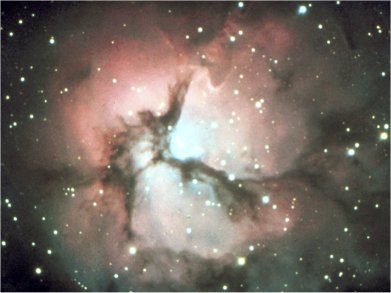Daren Caruana and Katherine Holt, University College London, UK, offer a possible explanation for the formation of polyatomic molecules (> 6 atoms) in space. Usually considered a void, space actually contains areas of high concentrations of matter including dust. The researchers have speculated that the dust, rather than just being a surface onto which reactants can adsorb, could play a more active role in the synthesis of complex molecules.
They report that dust particles could act as single electrode electrochemical reactors in the gas phase. If a 10 nm particle is ionized by electromagnectic radiation, a change of 32 electrons can cause a potential difference of 1 eV across the dust grain, a voltage known to drive a range of chemical processes in liquid phase electrochemistry.
If this is true for the solid/gas interface, it could create thermodynamically distinct regions in space where chemistry can be supported.
- Astroelectrochemistry: the role of redox reactions in cosmic dust chemistry
D. Caruana, K. Holt,
Phys. Chem. Chem. Phys. 2010, 12, 3072.
DOI: 10.1039/b917817a




